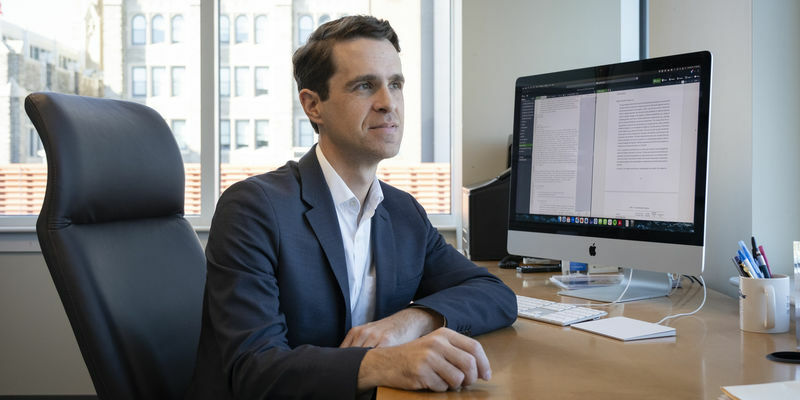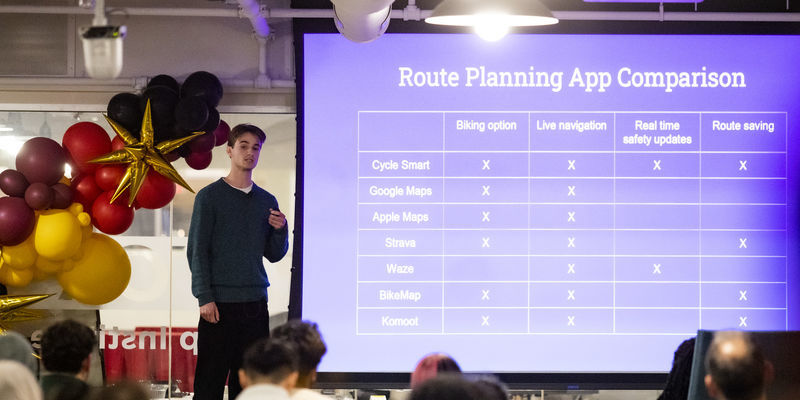Do nonprofit CEOs donate labor?
A new study from Temple University’s Fox School of Business shows that CEOs of nonprofit organizations often take pay cuts to support their organization and combat increasing labor costs.

For years, among academics in business, there has been a hypothesis that labor donation exists within the nonprofit sector. Essentially, what it means is that individuals are willing to accept lower compensation to work for nonprofit organizations (NPOs), because they believe in the organization’s mission.
According to a new study from Temple University, the idea of labor donation is more than just a theory. It’s now a fact.
In the study, the researchers found that many nonprofit organizations have navigated rising labor costs because their chief executives took pay cuts. Similarly, the scholarly journal article finds that the declines in compensation are larger for CEOs who are expected to more firmly believe in the organization’s cause, i.e., were more intrinsically motivated.
The scholarly journal article, “The Effect of State Minimum Wage Increases on CEO Compensation: Evidence of Labor Donation in Nonprofit Organizations” was published in the current issue of The Accounting Review.
“Nonprofit CEOs or nonprofit management workers are asserted to take less compensation because they believe in the mission of the nonprofit,” said co-author Steve Balsam, a professor of accounting and Senior Merves Research Fellow at Temple's Fox School of Business. “That has always been something that has been assumed, but it has not been something that has been looked at on such a deep level.”
In addition to Balsam, the article was co-authored by Connie Mao, a professor of finance and Seymour Wolfbein Senior Research Fellow at the Fox School. Min Xu, FOX ’22, a doctoral student at the Florida State University, and Yinge Zhang, FOX ’22, a visiting assistant professor of finance at University of Pittsburgh, were also co-authors of the piece.
In conducting the study, Balsam, Mao, Xu and Zhang specifically looked at how increases in minimum wage affected NPOs’ budgets. While the federal minimum wage has not increased since 2009, several states and cities have had minimum wage increases that have since gone into effect.
The wage increases bring with them significant increases in labor costs, which is especially true for some smaller NPOs that already operate on the thinnest of margins. To account for the increased labor costs, they either must find ways to raise additional revenue or cut costs.
“How do they react? Do their CEOs take a pay cut? What we did find was that in many cases, their CEOs did in fact take a pay cut,” Balsam said. “This study really provides rigorous evidence for the labor donation hypothesis.”
In compiling a dataset to review, the researchers secured Form 990 data from Amazon Web Services for all NPOs that provided compensation data for the years 2010–2018. Focusing on NPOs that have at least 10 employees, the final sample size for the study was 119,167 organizations.
What they found was that NPOs residing in a state that had a minimum wage increase saw its CEOs’ salary and total cash compensation (including bonus) decrease on average by 2.6% and 2.9%, respectively, compared to CEOs in NPOs that do not experience a minimum wage hike.
“We find that CEO pay cuts are particularly larger in NPOs that are more labor intensive and those that have fewer financial resources to meet the increased costs. In contrast to the results for NPOs, we do not find any evidence of labor donation among CEOs in for-profit companies, which could raise the price of their products and services to combat increased labor costs,” Mao said.
The group of researchers also looked further at the data, specifically focusing on CEOs who might be intrinsically motivated to take a pay cut based on where the organizations are located. To do this, they specifically focused on organizations that are located in counties where people are more religious and counties ranked higher in social capital.
Unsurprisingly, they found that the pay cuts taken by CEOs who work in these counties were larger.
This is a topic that can be further explored in the future, on an even larger scale, especially if the federal minimum wage is increased,” Balsam said. “It is something that researchers can look at in future studies.”


